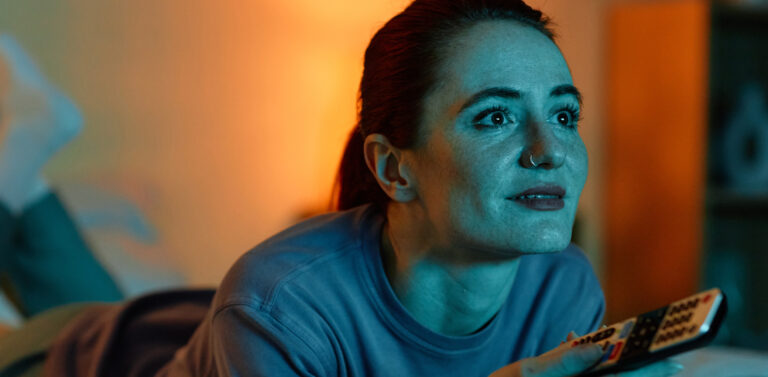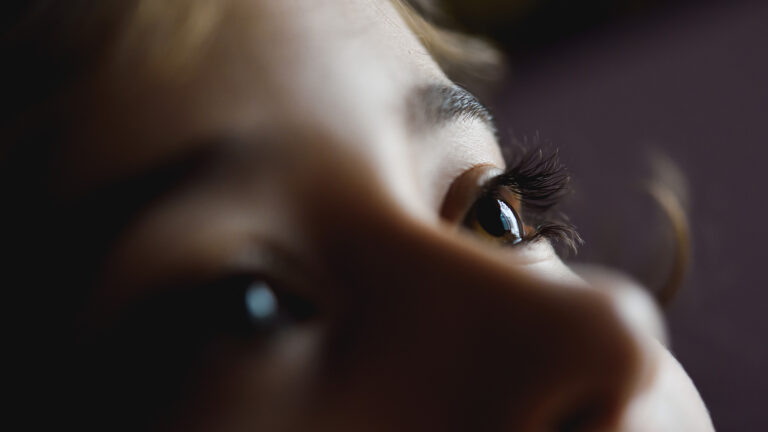Trends don’t change very often. And that’s kind of the point. Their job is to make sense of and unpack an observable shift in culture, with enough evidence and longevity to confidently say, “pay attention: this is a big thing that’s happening”. Though pockets of culture can move quickly, culture at large moves slowly, and expecting it to move at the same pace as what is trending on social media is unrealistic.

If the ads and half-time show from the superbowl are any indication, American culture is also kind of stuck in a sort of nostalgic purgatory, which is probably a good topic for another discussion. But, it’s illustrative of how slowly things evolve.
For better or for worse, trends are often the place that brands start when planning for the future. Whether it’s a new ‘future-proofed’ brand strategy or innovation ideas meant to carry a brand forward into future growth – it’s often the first stop on the journey. And that’s fine – it’s important to really understand the context you’re working within. But you can’t stop there.
Trends are already here, moving toward their peak. Or worse, they’re fading. Either way – trends alone aren’t going to illuminate the whitespace for you as you look for true competitive advantage. Your competitors can read the same articles and trend reports that you do.
If the goal is to zig while others are zagging, trends are only a part of the puzzle. Otherwise? Total zagfest.
Finding trends that matter right now is the easy part. Figuring out what to do next is the not-so easy part, and that’s where strategic foresight and futures innovation add value.
When clients come to us with a future-oriented objective, we still mine for trends and speak with experts to make sure we understand the context we’ll be building from. But that’s just our starting point. From there, we explore the sharp edges. We look for contradictions and contra-indicators. And, we creatively extrapolate our way toward the illumination of alternatives and opportunities that might otherwise go overlooked.
The conversation becomes less “Here’s what everyone else is doing. You can do it too,” and more, “Here’s what everyone else is doing, and here are some ways you could come at this differently.” To capture opportunity others are overlooking. To change the conversation. Or, to find alternative paths to growth.
Try it out next time you’ve got a handful of trends and you’re thinking about what they might mean for your business. Rather than accepting them at face value, interrogate the shit out of them. Here’s just a small handful of the sorts of interrogative questions we’ll often ask:
What is the inverse or contradictory tension?

In a recent project about the future of meals, experts shared a great deal with us about plant-based foods, and that we should expect a rise in demand for them. But, in the same study, we also found research that shows how plant-based foods can be expensive, inconvenient, and unsustainable. We ultimately concluded that the opposite could easily be true, and imagined how alternative pathways might shape the meals landscape our client was planning for.
What can we learn from historical context?

Experts in the same project told us we should expect a heightened demand for transparency when it comes to food, and that this would become a key reason why people do/do not purchase specific foods. But, you don’t have to look far into the past to find examples of research pointing people in the wrong direction and ignoring the say-do gap. From sustainability concerns to the values a brand stands for – there is plenty of evidence that shows what people SAY they’ll do, isn’t always what they’ll actually do. This acted as a jumping-off point for us to think in a more creative and nuanced way about the topic of transparency within the world of food.
What’s just not being talked about? ![Overjoyed person holding a non-alcoholic beverage in a graffiti alley]()
No and low-alcohol beverages are one of the more buzzy topics du jour right now in the world of food and beverage trends. But what’s less often talked about is that alcohol consumption is on the rise in some parts of the world – like Western Europe. Exploring this in the context of a futures innovation project focused on alcoholic beverages would help to creatively illuminate the evolving needs of tomorrow’s drinker.
So, next time you’ve got a handful of trends and you’re thinking about what they mean for the future of your business, have some fun with it, and don’t be afraid of being wrong. Look at where there are contradictions in your pool of trends, and deliberately seek out counter-signals that explore the flipside. Creating better futures and identifying untapped future opportunities demands a degree of originality and creative extrapolation. You’ll never get there by taking trends at face value. They’re just the first stop on the path toward thinking strategically about the future.
Even better, drop us a line. We’d love to help.



